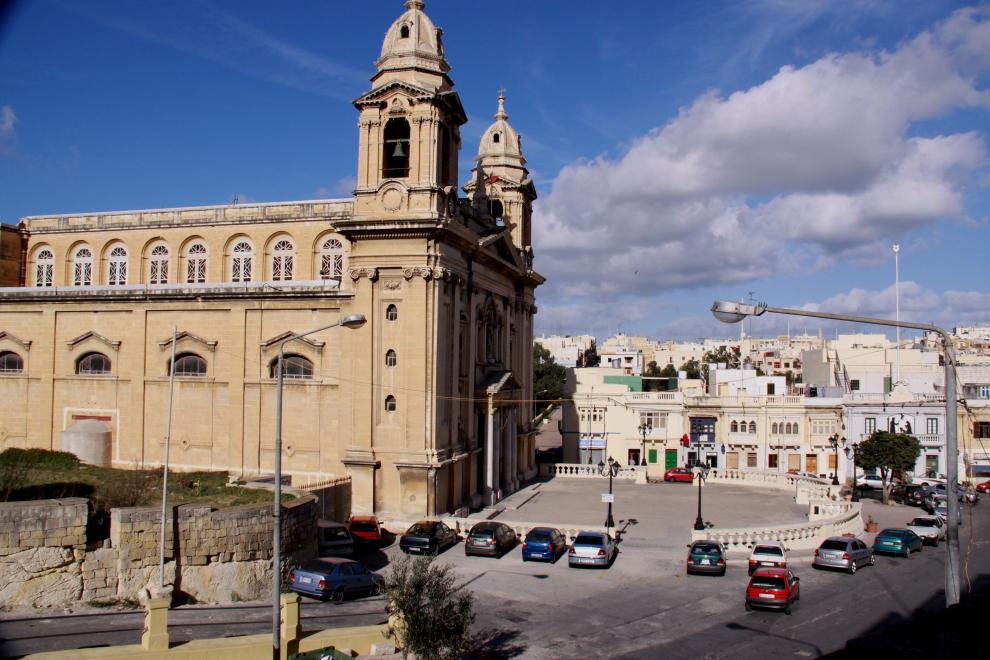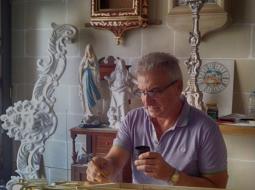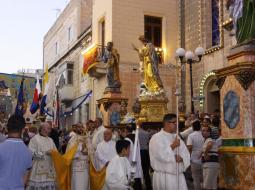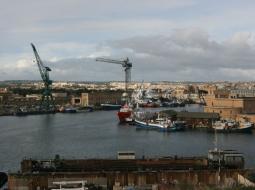Thessaloniki gets ready for its metro launch in November
The underground rapid transit lines have been under construction for almost two decades due to various project delays
 TheMayor.EU logo
TheMayor.EU logo 
Due to its location inside the Grand Harbour and the shelter offered by its creeks, Marsa has long been an attractive, welcoming and fruitful destination for visitors. Since Antiquity men searching for refuge have been cultivating the fields and growing crops here. The first port in Marsa has been established by the Phoenicians. Also, remains of Roman constructions have been found close to the town.
It is believed that a foundry of the Order of St John in Malta Order may have been located at Marsa. During the Great Siege of Malta of 1565, Marsa was used as a camp by troops of the Ottoman Empire. After their defeat, Marsa became a barony with a number of vineyards. An important bridge connecting the road from Birgu to Valletta was located here.
During the Middle ages and long after, il-Marsa belonged to the parish of St George at Citta Pinto, when in 1913 it was declared a parish. Since late 9th century, thanks to the activity in Portu Novu, the locality has grown into a suburb, despite the recent steady decline in population.
In the 17th century Giovanni Francesco Abela converts his house into a museum – the Museo di San Giacomo. Many of its artefacts are now kept at the National Museum of Archaeology in Valletta.
During the French blockade of 1798-1800, Maltese insurgents built Marsa Battery and Jesuit Hill Battery to encircle the French in the Grand Harbour, both of which were demolished after the end of the blockade.
A new port was constructed in the 1860s under the rule of the British Empire with the objective of creating the Albert Town, named after Prince Albert. Having reached a population of 600 people by 1890s, it was abandoned. The new town at the site emerged in the 20th century, taking the name Marsa after the creek.
Marsa is a small locality, one of the 68 in Malta, with a population of 5367 persons (as of 2017, NSO-Malta). Roughly 1000 of them are foreigners from different states. It is governed by the Marsa Local Council, headed by the Mayor.
Local elections are held every five years. In 1919 Local Councils’ Elections were grouped together and held that same year, in conjunction with the Election for Members of the European Union (Electoral Commission Malta).
Marsa is located in the Southern Harbour, deep inside the Gran Harbour. The area between two creeks is called il-Marsa, which from Arabic stands for place where ships anchor and moore. From the economic standpoint, the town is famous for its shipbuilding facilities, Malta Shipyards being located there.
For almost sixty years (between 1953 and 2014) the Oil Fueled Marsa Power Station was operating here, before being demolished. It used to provide electricity for the islands of Malta and Gozo. There are plans to turn the old site into a new distribution centre.
Marsa was home to the 12th annual Junior Song Contest and Malta Eurovision Song Contest in 2015.
Still used since 1868 is the Marsa Race Track for horse races which is one kilometre long. The head office of MaltaPost is also located here. A former Trade School has been used as a hosting centre for male refugees.



Marsa is home to the Malta Shipyards.
Kunsill Lokali Marsa
Pont San Tumas
Marsa, Malta